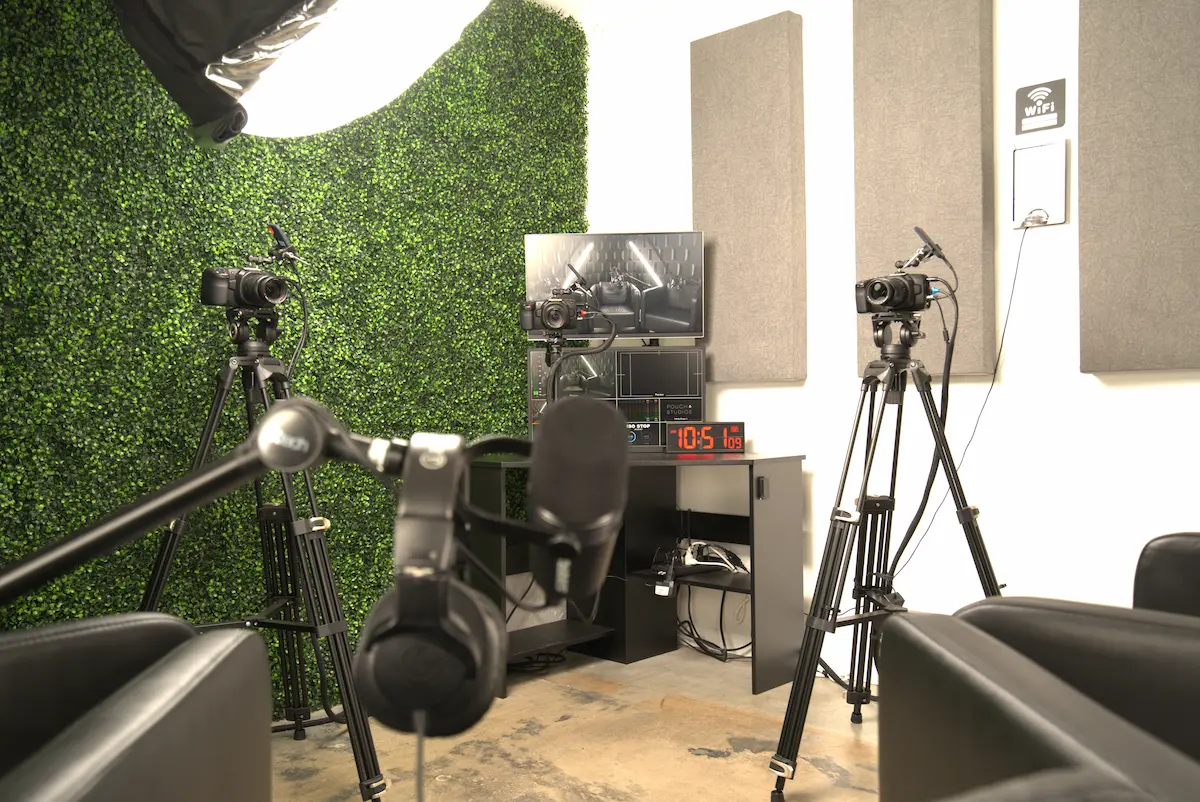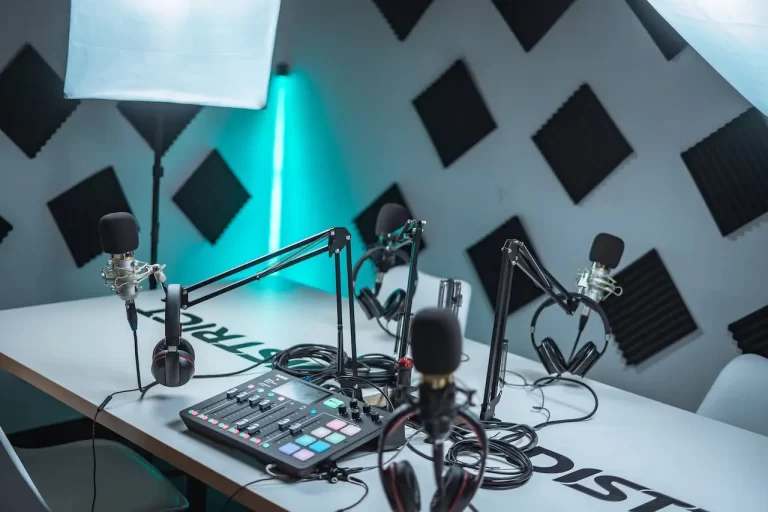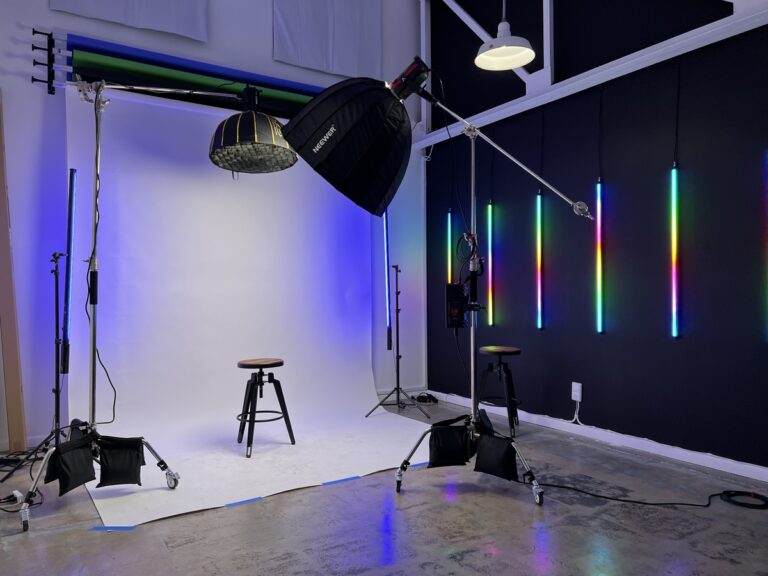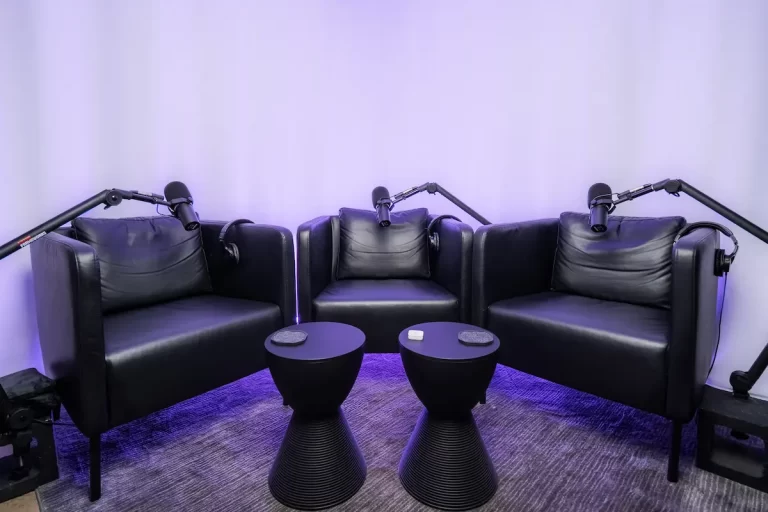Behind the Scenes: Mastering the Art of Podcast Editing
Podcasting has become a powerful medium for creators to share their stories, ideas, and expertise with the world. In today’s digital age, where content creation is abundant, standing out from the crowd requires more than just recording and uploading your raw audio. Enter the world of podcast editing – a crucial process that can transform your recordings into polished and professional content. In this article, we will take you behind the scenes and show you how to edit a podcast like a pro, using the latest technology available at Media Pouch Studios in Austin, Texas.
Explanation of the Importance of Editing a Podcast
At its core, podcast editing is about creating a captivating and engaging listening experience for your audience. When you edit your podcast, you have the opportunity to craft a cohesive narrative, eliminate distractions, and ensure high-quality audio. A well-edited podcast can keep your listeners hooked, leading to increased engagement, higher retention rates, and a growing audience.
Benefits of Editing a Podcast
The benefits of editing your podcast are manifold. Firstly, it allows you to present your content in a structured manner, making it easier for your audience to follow along. Secondly, editing helps you remove any technical glitches, background noise, or awkward pauses that can otherwise be distracting. This results in a more professional and polished end product that will reflect positively on your brand and content.
Brief Overview of the Steps Involved in Editing a Podcast
Before diving into the nitty-gritty of podcast editing, let’s go through an overview of the steps involved in the process:
- Pre-Editing Considerations:
- Understanding your audience: Tailor your content to meet the needs and interests of your target audience.
- Choosing the right format and style: Decide on the tone, structure, and style that aligns with your podcast’s theme.
- Organizing your content: Plan the flow of your podcast, outlining main points and segments.
- Recording quality and tips: Ensure a high-quality recording environment and use appropriate recording techniques.
- Setting Up Your Editing Environment:
- Choosing your editing software: Select the right editing software based on your needs and expertise.
- Configuring your audio workspace: Set up your software environment for efficient editing.
- Understanding your audio file: Familiarize yourself with the different components of an audio file.
- Basic Editing Techniques:
- Importing your audio files: Transfer your recorded audio into the editing software.
- Trimming and deleting unwanted sections: Remove any mistakes, long pauses, or irrelevant content.
- Adding intro and outro: Include an engaging introduction and a compelling outro to bookend your podcast.
- Setting up a template: Create a podcast template to maintain consistency across episodes.
- Cleaning up the audio: Use tools to reduce background noise and enhance the overall audio quality.
- Advanced Editing Techniques:
- Equalization: Adjust the frequency balance to enhance clarity and tonal quality.
- Compression: Smooth out volume fluctuations and improve the overall loudness of your podcast.
- Noise reduction: Minimize unwanted background sounds and disturbances.
- Volume normalization: Ensure a consistent volume level throughout the episode.
- Adding sound effects: Incorporate relevant sound effects to enhance the storytelling.
- Using music: Integrate music to set the mood and create emotional connections.
- Fine-Tuning Your Podcast:
- Adding and editing multiple tracks: Manage multiple audio tracks to create a cohesive narrative.
- Enhancing the audio quality: Use advanced tools to further improve the audio clarity.
- Adding transitions: Smoothly transition between different segments or pieces of content.
- Enhancing clarity and presence: Fine-tune the audio to make the speaker’s voice stand out.
- Customizing your podcast: Add unique elements that reflect your brand and style.
- Mixing and Exporting Your Podcast:
- Setting up your mix: Balance the different audio elements to achieve a harmonious final product.
- Exporting your podcast: Prepare the edited episode for publishing.
- Choosing the right file format: Optimize the file format for compatibility and audio quality.
- Publishing your podcast: Share your edited podcast with the world.
- Troubleshooting:
- Common issues during editing: Identify and address common problems that arise during the editing process.
- Solutions to common problems: Implement solutions to fix audio or technical issues.
- Tips for avoiding mistakes: Learn from common mistakes and adopt preventive measures.
- Best Practices:
- Tips for efficient editing: Employ techniques to streamline your editing workflow.
- Maximizing your productivity: Make the most of your time during the editing process.
- Developing a workflow: Create a systematic approach to podcast editing.
- Staying consistent: Maintain a consistent style and quality across episodes.
Recap of the Editing Process
In summary, podcast editing is a crucial step in the content creation journey. It allows you to transform raw audio recordings into a polished and engaging podcast that captivates your audience. By understanding your audience, organizing your content, and employing various editing techniques, you can produce professional-quality episodes that reflect your brand and story.
Advantages of Editing Your Podcast
Editing your podcast offers numerous advantages that can significantly impact your podcast’s success. Not only does it enhance the overall quality of your content, but it also enables you to craft a compelling narrative that keeps listeners coming back for more. By leveraging advanced editing techniques, you can ensure clear and pleasant audio, and by fine-tuning your podcast, you can add unique elements that make it stand out from the rest.
In conclusion, podcast editing is an art that requires a blend of creativity, technical expertise, and attention to detail. It is a process that transforms raw recordings into a well-crafted podcast that resonates with your audience. Media Pouch Studios in Austin, Texas, offers state-of-the-art technology, including AI-powered cameras and editing software, to empower creators to share their stories through video production, photography, podcasting, and editing services.
Visit Media Pouch Studios’ website to book a studio or tour and explore their cutting-edge technology and services that will transform your podcasting experience. Empower yourself to create captivating content that resonates with your audience and shares your story with the world. Unleash the power of podcast editing with Media Pouch Studios and elevate your content to new heights. Book now and embark on a journey of creativity and professionalism!







